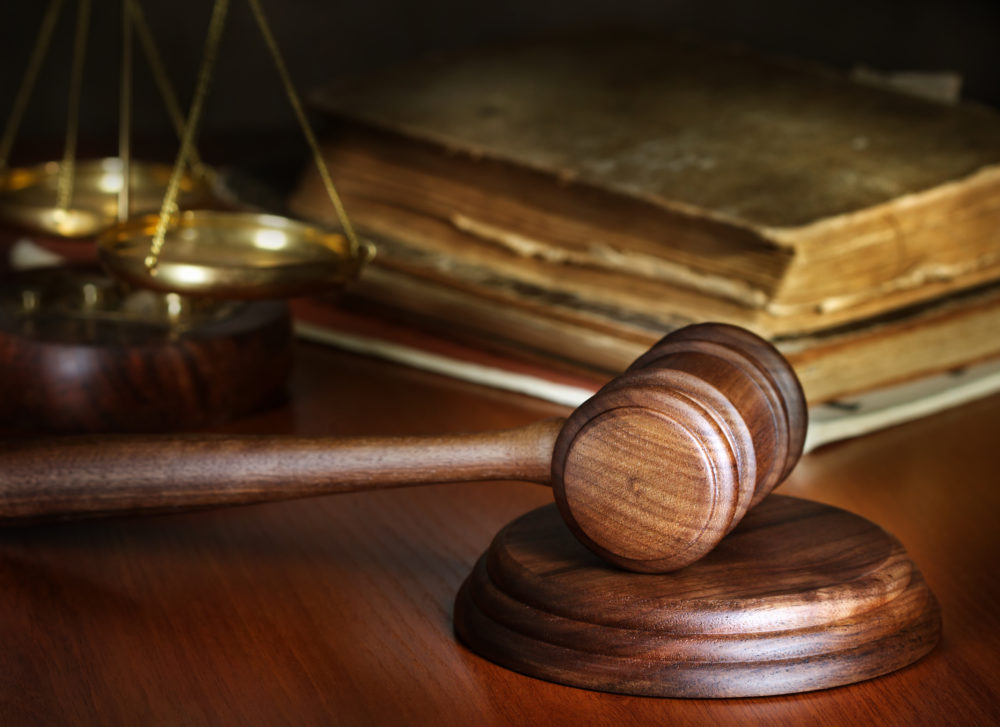Viagra, Cialis Melanoma Cancer Plaintiffs May Testify Early if “Near the End of Life”

As a growing number of men diagnosed with melanoma following use of Viagra or Cialis continue to get sicker, with some dying as a result of the skin cancer, the U.S. District Judge presiding over all federal lawsuits filed against the drug makers, has established procedures for plaintiffs to preserve their testimony if they approach “near the end of life.”
There are currently about 500 Viagra lawsuits and Cialis lawsuits pending throughout the federal court system, each involving similar allegations that inadequate warnings were provided for users and the medical community about the importance of monitoring for signs of melanoma while on the popular erectile dysfunction drugs.
Plaintiffs claim that they may have avoided severe, and often life-threatening forms of the skin cancer, if the drug makers had disclosed the risk that the erectile dysfunction drugs may promote the growth of melanoma. However, as the cases move through the court system, a number of plaintiffs may die or become too sick to provide testimony when their case eventually gets to trial.

Learn More About
Side Effects of Viagra Linked to Risk of Melanoma Skin Cancer
Learn More About this Lawsuit SEE IF YOU QUALIFY FOR COMPENSATIONIn an order (PDF) issued on August 1, U.S. District Judge Richard Seeborg outlined the procedures for plaintiffs to obtain “in extremis” depositions, which are designed to preserve the testimony for trial if a plaintiff is believed to be nearing the end of their life due to extreme illness.
Given common questions of fact and law raised in complaints filed throughout the federal court system, Judge Seeborg was appointed last year to preside over the Viagra and Cialis litigation, which is centralized in the U.S. District Court for the Northern District of California for coordinated discovery and pretrial proceedings.
As part of the consolidated management of the cases, it is expected that Judge Seeborg will schedule a series of early “bellwether” trials in the next few years, where a small group of cases will be used to help gauge how juries may respond to certain evidence and testimony that will be repeated throughout the litigation. However, given the complex issues involved in the litigation, many plaintiffs may not survive long enough to see their case go before a jury.
The order outlines the process for determining whether a plaintiff qualifies for an “in extremis” deposition, and the steps that must be taken to provide the defendants an opportunity for a discovery deposition before the testimony for use at trial is preserved.
The parties are next scheduled to meet with Judge Seeborg for a case management conference on October 12.
Get more articles like this sent directly to your inbox.
"*" indicates required fields






0 Comments